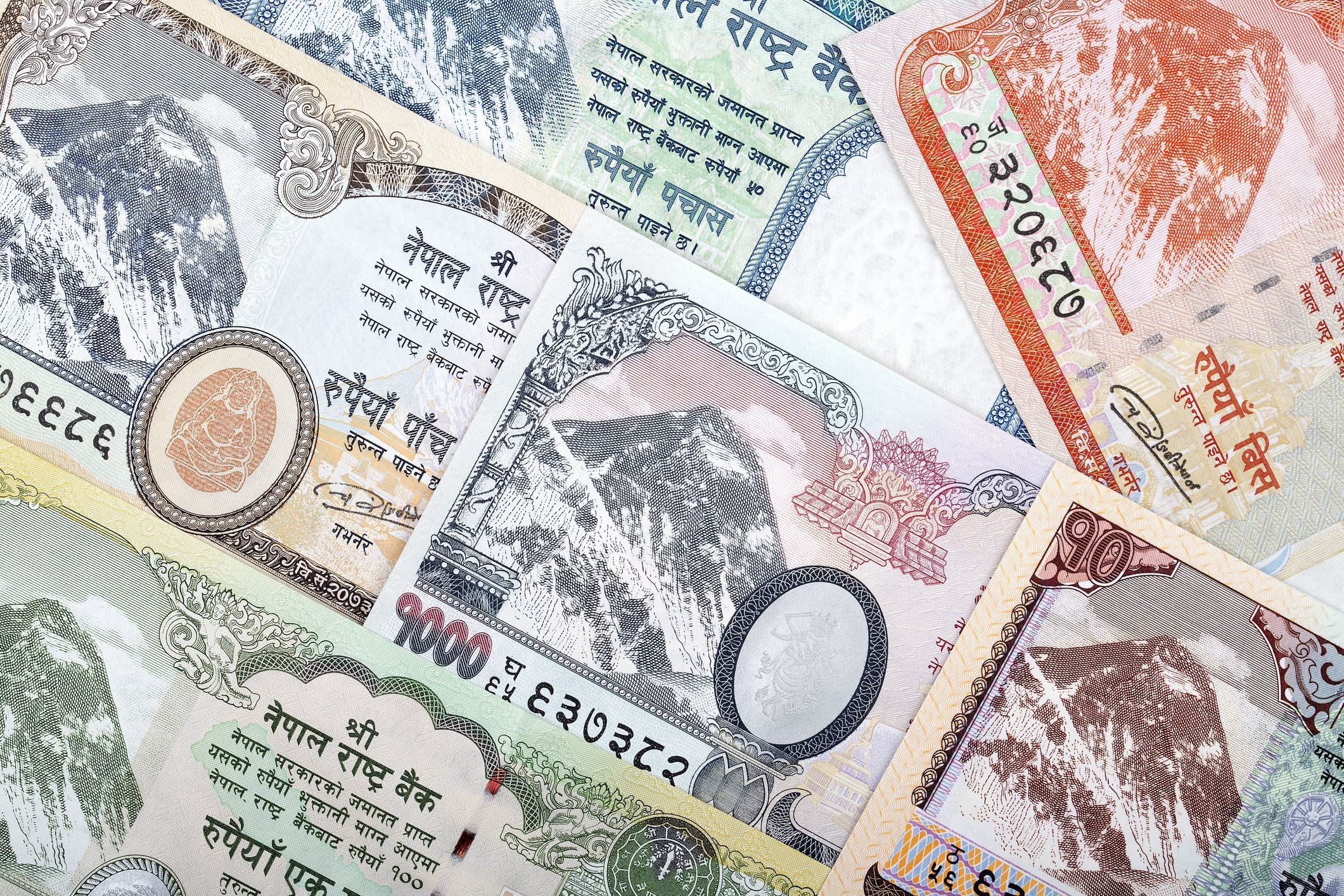Nepali rupee weakens further against dollar

By A Staff Reporter
Kathmandu, Nov. 18: The Nepali rupee has once again become weaker against the U.S. dollar lately owing to slowdown of the Indian economy.
The Nepali rupee against US dollar has depreciated continuously for the last 10 days as the Nepal Rastra Bank (NRB) Monday fixed the selling exchange rate of one U.S. dollar at Rs 115.16.
The NRB fixed an exchange rate of one US dollar at Rs. 113.83 on November, 7, 2019.
Under the current system, the exchange rates quoted by different commercial banks may differ, the NRB said.
In last five months, Nepali rupees has been depreciated by Rs. 4.88 per US dollar. As of July 30, 2019, a dollar could fetch Rs. 110.28.
Nepali currency has come under pressure owing to devaluation of the Indian rupee with which it is pegged. The Nepali rupee has a fixed exchange rate of Rs 160 for IRs 100.
The Indian rupee on Monday depreciated to 71.77 against the US dollar.
According to Dr. Gunakar Bhatta, executive director of NRB, the value of the Nepali rupee declined against the U.S. dollar due to appreciation of the U.S. dollar in the world following robust economy of USA.
The slowdown of economic growth of India and increasing inflation are also the main reasons behind to further depreciate the Indian rupees against US dollar which affect to depreciate the Nepali rupees, he said.
“The investors confident of India have become weak and they were encouraged to hold the dollar and withdraw their investment from India with the fear of further deterioration the Indian economy resulting in the depreciation of Indian rupees,” Dr. Bhatta said.
Economist Dr. Shankar Sharma said that the deterioration of the Indian economy and growth rates as well were main reason behind to depreciate the Nepali rupees against US dollar as Nepali currency is pegged with Indian rupees.
The Nepali economy would be affected by the appreciating U.S. dollar as Nepal’s economy is an import-based one, he said.
The positive effect will be seen in the increased value of remittance sent home by the migrant workers and income from exports, he said.
The export volume of the country is nominal, therefore, the country will not be able to take maximum benefit from this, he said.
The country will face an additional burden on the repayment of principles and interest of foreign debt due to the increasing exchange rate of the U.S. dollar, he said.
Recent News

Do not make expressions casting dout on election: EC
14 Apr, 2022
CM Bhatta says may New Year 2079 BS inspire positive thinking
14 Apr, 2022
Three new cases, 44 recoveries in 24 hours
14 Apr, 2022
689 climbers of 84 teams so far acquire permits for climbing various peaks this spring season
14 Apr, 2022
How the rising cost of living crisis is impacting Nepal
14 Apr, 2022
US military confirms an interstellar meteor collided with Earth
14 Apr, 2022
Valneva Covid vaccine approved for use in UK
14 Apr, 2022
Chair Prachanda highlights need of unity among Maoist, Communist forces
14 Apr, 2022
Ranbir Kapoor and Alia Bhatt: Bollywood toasts star couple on wedding
14 Apr, 2022
President Bhandari confers decorations (Photo Feature)
14 Apr, 2022











